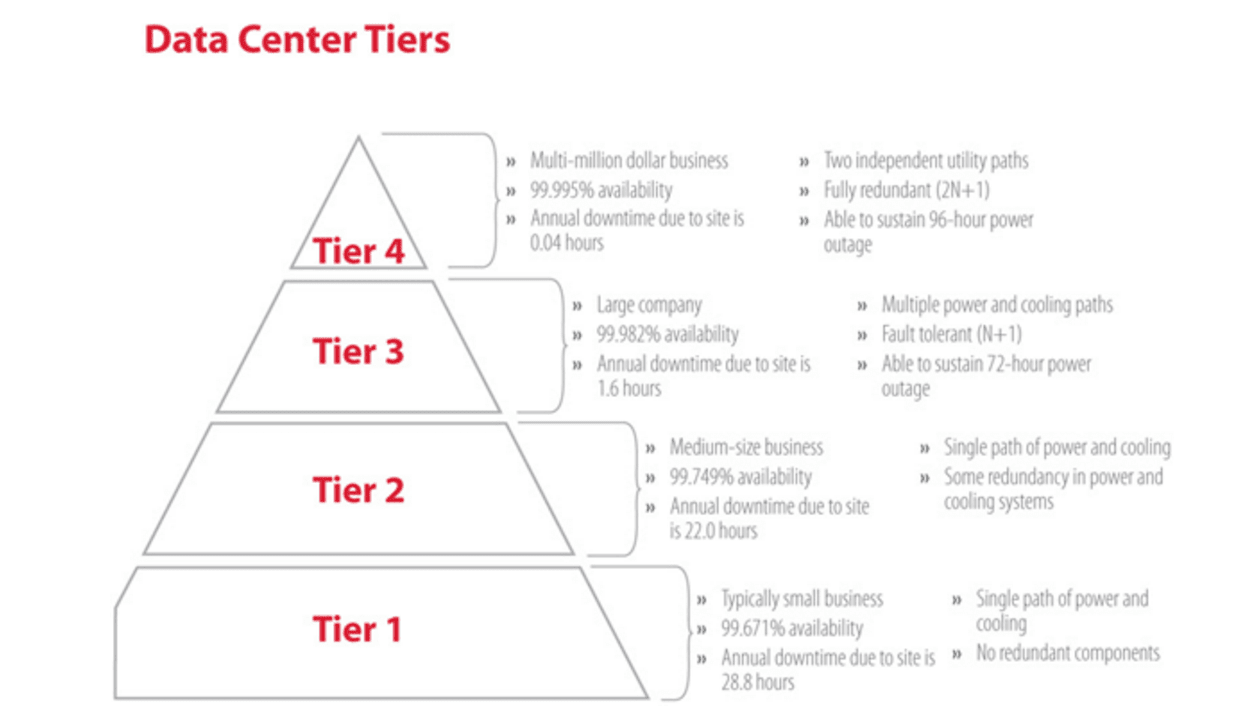If a Company Goes Bust Who Pays Redundancy? Lawful Insights for UK Worker
If a Company Goes Bust Who Pays Redundancy? Lawful Insights for UK Worker
Blog Article
Examining the Interaction In Between Company Redundancy and Business Adaptability for Future Development
In the dynamic landscape these days's company world, the complex relationship in between company redundancy and business adaptability arises as an important variable for sustained development and success. Business usually deal with the obstacle of striking a delicate equilibrium between preserving a degree of redundancy to reduce threats and fostering flexibility to respond quickly to the ever-evolving market needs. This delicate interplay holds the crucial to not only making it through in stormy times however additionally thriving when faced with unpredictability. As we explore the multifaceted measurements of this interaction, interesting understandings right into how organizations navigate these intricacies to lead the way for future development await.
Relevance of Firm Redundancy
Firm redundancy is an essential element that enhances organizational durability and reduces operational dangers. By integrating redundancy steps within the organizational framework, companies can much better hold up against unanticipated interruptions and variations in business setting. Redundancy serves as a critical barrier, permitting firms to adjust and respond efficiently to unanticipated obstacles without compromising crucial procedures.
One trick aspect of the relevance of business redundancy is its function in making sure continuity during times of situation. When encountered with unexpected changes or emergency situations, repetitive systems, resources, or personnel can tip in to keep vital functions and prevent prevalent interruptions. This continuity not just safeguards the company's reputation and consumer count on but additionally reduces financial losses and functional downtime.

Techniques for Organizational Flexibility

Creating adaptable business frameworks that enable for quick adjustments to market characteristics and consumer requirements is vital for staying competitive in a swiftly progressing setting. By proactively recognizing possible interruptions and opportunities, companies can proactively adjust and flourish in an ever-changing service landscape.
Balancing Redundancy and Adaptability
Accomplishing an unified equilibrium in between functional redundancy and organizational versatility is paramount in navigating the complexities of a vibrant organization environment. Striking the ideal equilibrium between redundancy and versatility is a fragile procedure that requires a deep understanding of the organization's objectives, industry dynamics, and threat resistance.
To attain this equilibrium, firms require to perform normal assessments of their operations to determine locations where redundancy is needed for threat reduction and where versatility can drive advancement and development. Applying adaptable frameworks, promoting a culture of constant discovering and enhancement, and motivating open communication across all levels of the company are vital approaches to integrate redundancy and flexibility successfully. By aligning these 2 essential components, firms can position themselves for sustainable development and success in an ever-changing organization landscape.
Study on Adaptation Success
In analyzing instances of effective business adjustment, it becomes evident that the interaction between operational redundancy and flexibility is a defining element in forming durable companies. One compelling instance research study is that of Netflix. At first a DVD rental solution, Netflix showed remarkable flexibility by transitioning into a streaming system when digitalization interrupted the industry. By tactically buying modern technology and material creation, Netflix not just prospered but endured in a rapidly advancing market. One more standout instance is Amazon. Starting as an online book shop, Amazon continuously adjusted its business design, expanding into varied industries such as cloud computer and artificial knowledge. This flexibility enabled Amazon to remain ahead of rivals and fulfill altering customer needs. Finally, Adobe gives a noteworthy picture of effective adaptation. The business moved from offering software application licenses to a subscription-based version, guaranteeing persisting revenue streams and improved client involvement. These study emphasize the significance of operational redundancy paired with organizational versatility in cultivating lasting growth and competitiveness.
Structure Strength for Future Development
Building strength for future growth calls for a calculated alignment of functional processes with market characteristics and emerging fads. find out here now Business must adjust to changing settings by fostering a society of flexibility, technology, and constant improvement.
Additionally, fostering solid relationships with stakeholders, such as clients, workers, distributors, and the neighborhood, is important for weathering unpredictabilities and maintaining count on and assistance during unstable times. Reliable communication and openness play a vital function in structure resilience, as they assist facilitate and line up assumptions collaboration in navigating unpredictabilities.
In addition, organizations need to focus on understanding and development efforts to upskill staff members and outfit them with the required devices to adapt to altering conditions. By purchasing their workforce, companies can improve their versatility and dexterity, inevitably strengthening their strength for sustainable future growth.
Final Thought

In the dynamic landscape of today's service world, the complex relationship between firm redundancy and organizational versatility arises as an important variable for sustained development and success. Firms typically encounter the challenge of striking a delicate equilibrium in between maintaining a level of redundancy to minimize risks and promoting flexibility to react swiftly to the ever-evolving market demands.To accomplish this equilibrium, companies need to carry out normal assessments of their operations to determine locations where redundancy is necessary for risk mitigation and where versatility can drive technology and development.In look here conclusion, the interplay check that between business redundancy and business flexibility is crucial for future growth. Building resilience through a combination of redundancy and flexibility will make sure that firms are prepared for the difficulties of the future.
Report this page